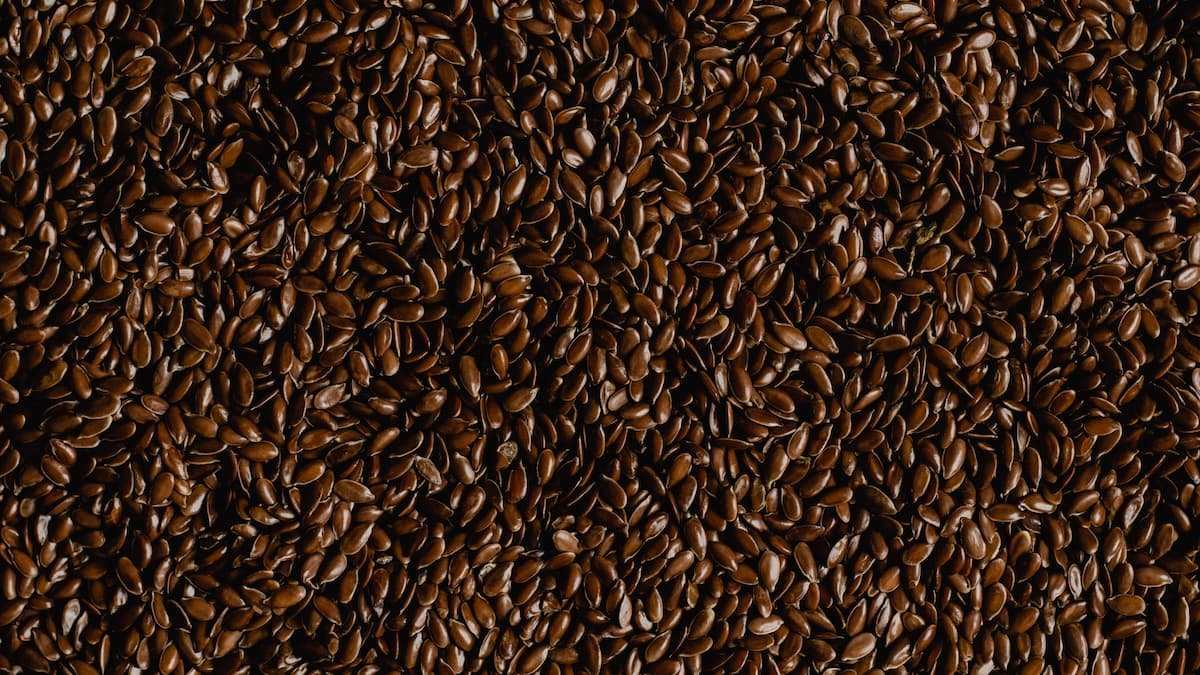Category: Wellness
-
What is Whey Protein? Is it delicious?
Overview There are a lot of different types of protein powders out there, one of which is whey protein. It is superior to other kinds of protein. Many important amino acids are included in this, making it a great source of fast absorption. Numerous tests have shown it is effective in increasing strength, building muscle,…
Written by

-
Flaxseed Nutrition Facts | An Overview
Introduction The Nutrition Facts of the Flaxseed make it a wonder food. Moreover, it is functional food like Amla and Dates. Also, a hundred grams of seed contains nearly 500 kilocalories, 42 grams of fat, 28 grams of fiber, and 20 grams of Protein. Besides, it is rich in alpha-linolenic acid, an omega-3 fatty acid.…
Written by

-
7 Simple Steps to Fight Inflammation
What is Inflammation? According to WebMD, inflammation is a process by which your body’s white blood cells and the things they make protect you from outside invaders like bacteria and viruses. Inflammation is a frequent occurrence because we are partly microbial and we move in a microbial world. So, these circumstances ensure countless encounters with…
Written by

-
Spinach (Palak) Types, Nutrition Facts, Health Benefits
Introduction What are the Spinach Types? What are its nutrition facts and health benefits? We all are already familiar with spinach as this vegetable grows in many of our gardens. Spinach is a versatile green leafy vegetable that originated from Persia. Spinach belongs to the family “amaranth” and is related to quinoa and beets. The scientific name…
Written by

-
Amla (Indian Gooseberry) and its Benefits
Indian Gooseberry is also called Amla, Amlaki, Amlaka, Phyllanthus Emblica, Emblica Officinalis, and Emblic Myrobalans. The plant grows into a middle-sized tree. The tree is found mostly in the Indian subcontinent and middle-east countries. Moreover, its fruit, seed, flowers, leaves, bark, and root are used in traditional medicines like Ayurveda, Unani, and Siddha. Moreover, it…
Written by

-
Will Surya Namaskar Reduce Belly Fat?
Will Surya Namaskar reduce belly fat? Many individuals, particularly those aiming to lose excess weight, frequently encounter this inquiry. Besides walking and jogging, Suryanamaskar is a commonly contemplated exercise for weight reduction. Can this exercise effectively contribute to weight loss? This article not only addresses their query but also furnishes them with essential information. It…
Written by

-
Amazing Health Benefits of Dates Fruit
The health benefits of dates fruit are amazing. Let us see this in detail. Dates are the sweet edible fruits of a species of palm tree grown in tropical regions. Though it is originated from the Middle East and South Asia, it is now being cultivated in many tropical and subtropical regions of the world.…
Written by







